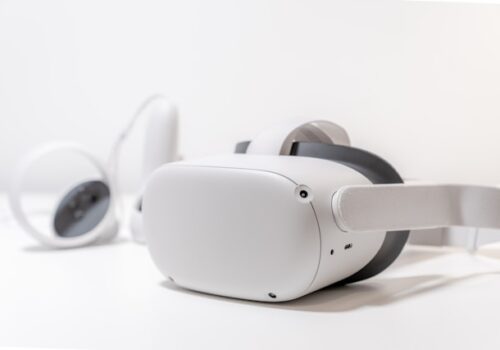The Impact of 3D Modeling on the Aviator Gaming Industry
The gaming industry is heavily impacted by 3D modelling, particularly games like Aviator-game.in from Spribe. This change can make the game more realistic, with beautiful-looking worlds and characters that make it look almost real.
Understanding 3D Game Development
These are three-dimensional objects developed using dedicated software called modelling in 3D. There are multiple stages in the process of designing a model on a computer for later implementation.
Key Stages of 3D Modeling
- Modelling: Creating the basic structure and form of 3D objects and characters.
- Texturing: Adding colours, patterns, and details to make models look realistic.
- Rigging: Building a virtual skeleton for characters to enable realistic movements.
- Animation: Bringing models to life with movements and expressions.
- Rendering: Generating final images or frames with lighting and shading.
- Compositing: Combining elements and adding effects to create the final image.
Applications of 3D Modeling in Gaming
Therefore, there are various applications for this technology when it comes to creating different characters, environments, or objects within the gaming industry itself; for instance, Aviator. Three-dimensional models made with higher-quality graphics improve realism as well as involve better physics so that player immersion may be enhanced.
Increasing Realism through 3D Modeling
The use of advanced 3D modelling techniques combined with detailed textures serves to enhance the realism seen in video games. It is possible to achieve true-to-life settings or backgrounds with these methods, thereby giving rise to lifelike avatars. Some examples include natural lighting effects, dynamic weather conditions and real-time motion.
Creating Lifelike Characters
3D Character Modeling Brings Game Heroes To Life Real actors’ movements and expressions are captured using techniques such as motion capture.
Advancements in 3D Modeling Technology
Pushing the boundaries of gaming graphics through recent advancements in 3D modelling technology. For instance in games like Aviator; ray tracing – a key technology used to create realistic lighting and shadows, AI – that automates routine tasks, motion capture, and photogrammetry among others.
Key Technologies in 3D Modeling
In game development today, there are several major 3D modelling technologies, such as:
- Motion capture: Capturing real actors’ movements to animate characters.
- Lighting and rendering: Creating realistic lighting and shadows.
- Level design: Designing intricate game levels.
- VR and AR modelling: Developing immersive virtual and augmented reality experiences.
- UI design: Creating intuitive and appealing user interfaces.
- Particle effects: Simulating realistic effects like smoke, fire, and explosions.
- Concept sculpting: Initial sculpting of characters and environments.
- Cutscenes: Creating cinematic sequences within the game.
- Low-poly & High-poly modelling: Balancing detail against performance.
Importance of High-Quality 3D Models
For example, Aviator is a video game that needs high-quality 3D models. This will heighten the visual quality and experience of the users and thus boost them to extreme sales levels that attract investors.
Benefits of using 3D models in gaming
The major reasons for applying a 3D modelling approach include:
- Improved Visuals: High-quality graphics make the game more interesting.
- Better User Experience: A realistic environment and characters contribute to player immersion.
- Greater Engagement Level: Visually appealing games are more likely to be played by gamers.
- Increased Sales: Commercial success often depends on good-looking products.
Integrating Aviator into the 3D Modeling Framework
Aviator by Spribe does not utilize 3D modelling. However, it is planned to be implemented to create an engaging player experience. The game’s unique gameplay mechanics, involving a plane that ascends with increasing multipliers, are enhanced by realistic graphics and animations.
Aviator’s Unique Gameplay Mechanics
The core gameplay mechanics of Aviator are supported by 3D modelling. The visual appeal of the plane’s ascent, the growing multipliers, and the interactive elements keep players engaged, creating a seamless and immersive experience.
Aviator’s Advanced Features
The 3D modelling used to enhance Aviator’s features such as auto betting, dual identical wagers and auto cashouts gives a jump-start to these futures. The presence of such options in the game also adds more depth and enables the use of 3D modelling for a highly engaging and dynamic interface.
Platforms That Support Aviator
Aviator is supported on multiple platforms including Pin Up, 1Win, Becric, Mostbet, Parimatch and 1xbet. The compatibility of gaming devices across different devices ensures players have a similar experience when playing.
In conclusion, with the help of 3D modelling, Aviator is revolutionizing the gaming industry by creating realistic environments as well as characters which improve realism thereby making player immersion possible. There have been significant developments in this area that are extending the limits of what can be achieved through games like Aviator due to this innovative technology.





